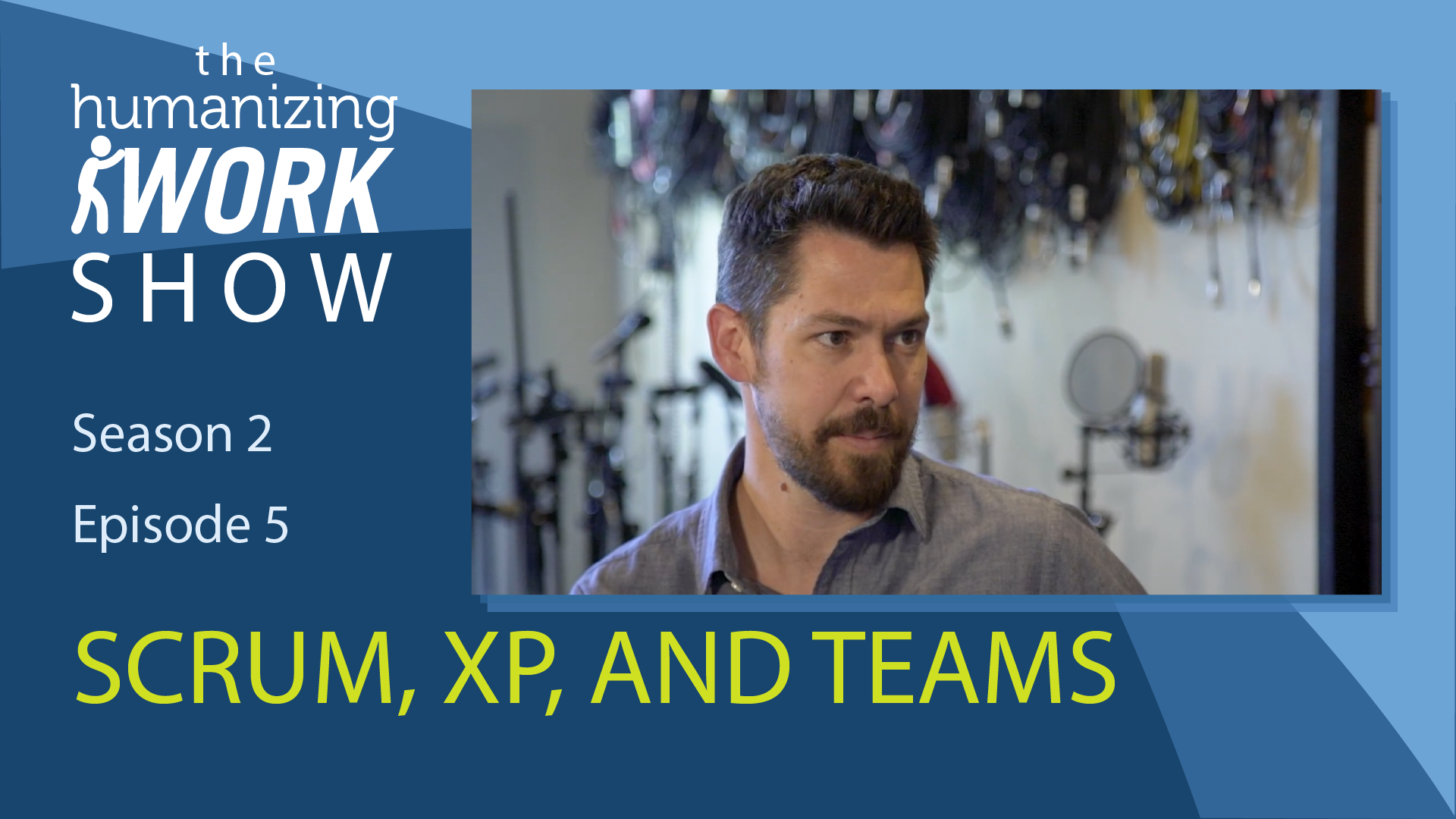My wife and I have homeschooled our boys for 14 years. Two started university this school year, returning home last week when their campus closed. The third is a sophomore in high school. At home, we’ve applied many of the principles, models, tools, and skills I use in my work to help individuals and teams learn and work more effectively. Read More
I encourage my clients to find and focus on the core value of whatever they’re creating. What is it that doesn’t yet exist in the world but should? Go there first. Don’t defer that value.
“But we need to create the infrastructure for that first, don’t we?” they often reply, by which they mean things like hardware, foundational technology layers, architecture, capabilities like user management, etc. Read More
Prev 1 of 1 Next… Read More

Industry leader, @Adobe, is known for its innovation in the creative industry, allowing creatives to do what they do best with the help of innovative tools. Audio professionals look to Adobe to help them create their best work with the use of Adobe Audition, an audio editing, mixing, and creation tool. Read More
Prev 1 of 1 Next… Read More

Great models for building a strong and healthy team include regularly reviewing the work and how it's being done to improve going forward, creating structures for excellence and growth and tapping into human rhythms and cadences to how we break up work, just to name a few. Read More
Trust is a key component in any healthy team. Business outcomes soar and individuals thrive when trust is at the team's core. But what builds trust? How do strong teams turn to one another in times of adversity rather than creating more conflict amongst themselves? How do both the team and the individual grow and succeed? Read More
Prev 1 of 1 Next… Read More

Think about it. When people are paying attention to what other people are doing in a more present and engaged way, it frees them up to contribute in new ways and bring more creativity to the table. The parallels between jazz and how great teams operate are widespread. Read More

Prev 1 of 1 Next… Read More




